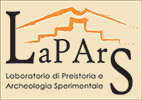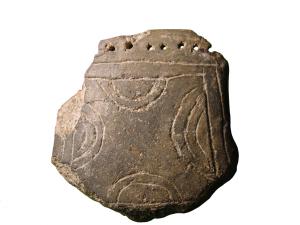Spinning and weaving
In the field of craft production activities spinning and weaving represent a generally little known area, both because of the scarcity of data from archaeological contexts and a lack of research.
Climactic conditions in Sardinia mean that ancient textiles or artefacts made from perishable materials (spindles, loom weights, spatulas, combs etc.) have not survived; it is however possible to draw some conclusions about aspects of technology through looking at the characteristics of objects that have been passed on to the modern day - such as whorls and weights- together with written data and historic and prehistoric iconography.
The most ancient loom weight found in Sardinia is attributed to the early Neolithic: parallelepiped in shape, it was recovered from the upper portion of the Ancient Neolithic level in the cave at Monte Maiore di Thiesi (SS). This artefact created a great deal of interest for its early dating, at odds with the state of research at that time, not only in Sardinia but also beyond the island; it is during the Recent Neolithic in fact that this type of object begins to become more common.
Wicker imprints on pottery at the end of the Neolithic and the beginning of the Eneolithic (Ozieri and Sub-Ozieri) are evidence of the art of twining, while the existence craft production relating to the sewing of textiles is confirmed both by the presence of loom weights and whorls and by anthropomorphic figures on vases and weights, often in which characteristics of clothing are revealed in great detail. These objects are embellished with the same decorative and symbolic-artistic elements that are present in the production of ceramics.
New morpho-technological and experimental analyses, due to be published shortly, incorporate the technology of weaving in the Prenuragic and Nuragic eras.

